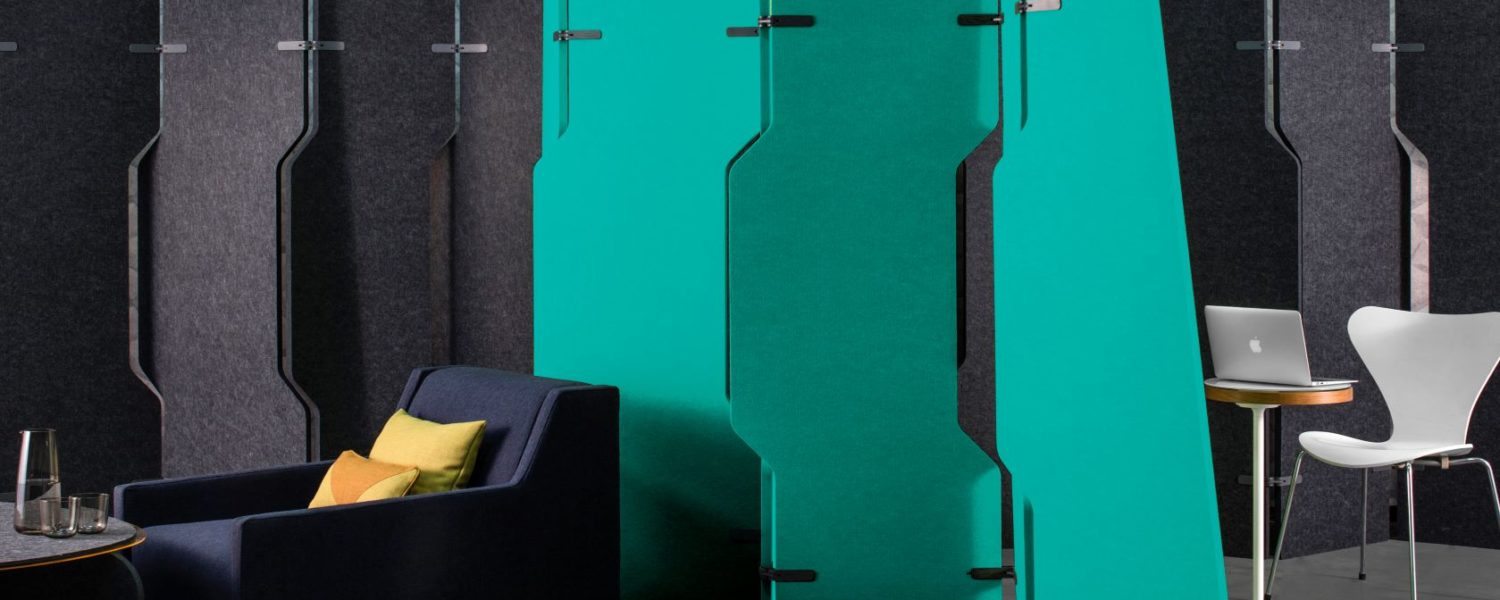By John Stein
In the COVID-19 world, the necessity for educational facilities to prioritize student wellness is more relevant than ever, as good design has become a literal health issue—where strategic square footage, hygienic surfaces and materials, and proper social distancing solutions are fundamentally important to ensure learners (and their educators) remain in good health.
Not all classrooms will be able to accommodate six feet of social distance, so the Centers for Disease Control has specifically recommended installing partitions in areas where social distancing is difficult. Education facilities are looking for partition strategies to retrofit, reconfigure and reinvent their spaces to help create learning environments that are as safe as possible.
As with all environments that facilitate gatherings of individuals, understanding traffic flow is fundamental to planning the layout of the room. Once the flow of a space is understood, partitions can be installed to allow adequate separation. In doing this, it’s important to create distinct spaces that allow small groups of people to congregate.
As such, space configurations are changing in a flash. Taller dividers will become more apparent, as will partitions. There are several non-permanent, non-damaging solutions that provide acoustic control while simultaneously catering to the evolving needs of the classroom.
Modular reconfigurable partition systems are designed to help organize a space in a number of configurations suitable for social distancing constraints, while still encouraging learning and collaboration without stifling productivity.
These systems can be assembled quickly to create flexible collaborative spaces, room dividers and single desk private spaces while absorbing sound, helping reduce distraction and inspire creativity.
As our collective behaviors change to adapt to the “new normal,” durability, cleanability, and aesthetics have become increasingly important. There are, however, some key components to take into consideration between age groups. For example, for younger children, lightweight partitions can help avoid potential injury if they were to be knocked over.
For most learning spaces, there will be some open spaces (made more open to accommodate social distancing, at least for the moment), private spaces, and collaboration spaces, instead of monolithic open spaces.
It’s also important to note the significance of behavior patterns. Encouraging new behavior starts with encouraging a new attitude, so adapting to this new normal starts before students even set foot in the classroom. Administrators have to show a commitment to changing practices that ready students to arrive, setting them up for success while encouraging new behaviors and habits.
Of course, schools will use the same strategies that you now see in restaurants, stores and other public spaces, like signage, spacing and sanitizing stations. However, how they are used will be the difference, as educational environments require such strategies to be incorporated into the culture, in order to really be effective and properly implemented.
Schools are strategizing in real time how to come up with social distancing solutions that can be modular, changing configurations quickly and as needed for the dynamic classroom of 2020 and beyond.
While each school is different, the CDC guidelines require strategies to retrofit, reconfigure and reinvent educational spaces for learning environments that are as safe as possible. Designing with visibility, sight lines, and a feeling of openness will also be key to making the return to the learning environment a successful and positive one.
Similar to the experience of returning to a traditional office, no student or teacher wants to return to school and find a rat maze, so finding the balance of modular, stylish and community-promoting design elements will be essential in the reopening of the classroom.
John Stein is the owner and president of Kirei, a provider of innovative eco-friendly design materials for commercial interiors, www.kireiusa.com.












